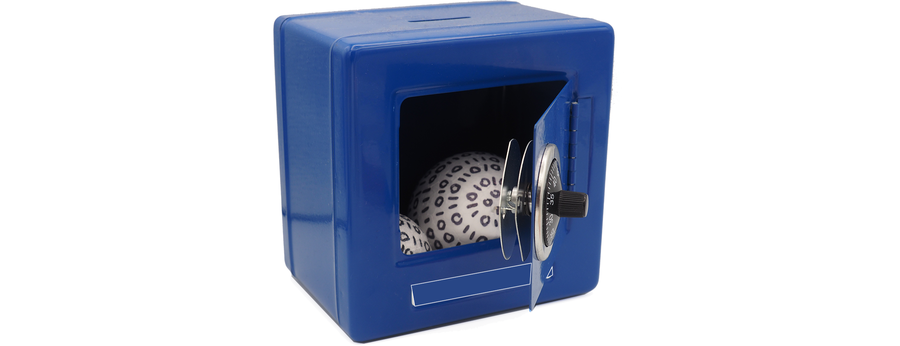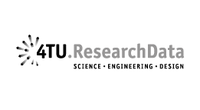Metadata in EASY are without copy- or database-rights and always openly accessible – neither authentication nor authorisation is ever needed – either through the user interface or by using the open and universal OAI-PMH protocol. | Preservation plan DANS, 2018
Many data archives use different access categories to access deposited research data. This section discusses two broad distinctions.
Access categories
The publication of research data is to make the (meta)data findable, citable and (re)usable under a license that makes clear what is allowed and possible with the data. A data publication in a data archive ensures, as a minimum, that the description of the deposited data set - the metadata - is made openly accessible under a licence that makes reuse possible. This is the only way to make the datasets findable.
Although metadata become open access with data publication, this does not necessarily apply to the associated research data itself. Access to these datasets may be limited for good reasons.
Most data archives roughly use two access categories:
- Open access
If datasets do not contain any personal data, for example because no personal data has been collected or because the dataset has been made anonymous, the data can be published in open access. Such datasets can also be published under embargo. This means that the data becomes open access after a certain period of time. In the meantime, they can already be found. - Access after registration or after submitting a request (Restricted access)
If datasets contain sensitive personal data and there is a high risk of disclosure, it may be necessary to publish data in the 'Restricted Access' category. However, the metadata can then still be easily accessed. If the data licence that is linked to the data is machine-readable, these datasets are still part of a FAIR data infrastructure. They are findable and reusable, but under certain conditions.
Some datasets with personal data can be published in open access because the participants in the research have explicitly given their permission for this. This is the case, for example, with the thematic collection Oral History (DANS, 2012).
Chapter V discusses the legal requirements for the protection of privacy in more detail.
Sharing of research data that relates to people can often be achieved using a combination of obtaining consent, anonymising data and regulating data access. | Utrecht University, n.d.

Sources
Click to open/close
DANS (2012). Thematische collectie: Oral History. https://easy.dans.knaw.nl/ui/datasets/id/easy-dataset:50198
DANS (2018), Preservation Plan Data Archiving and Networked Services (DANS). https://dans.knaw.nl/en/about/organisation-and-policy/policy-and-strategy/preservation-plan-data-archiving-and-networked-services-dans-1/preservation-plan-data-archiving-and-networked-services-dans?set_language=en
Utrecht University (n.d.). Informed Consent for data sharing. RDM Support [Guide]. https://www.uu.nl/en/research/research-data-management/guides/informed-consent-for-data-sharing





